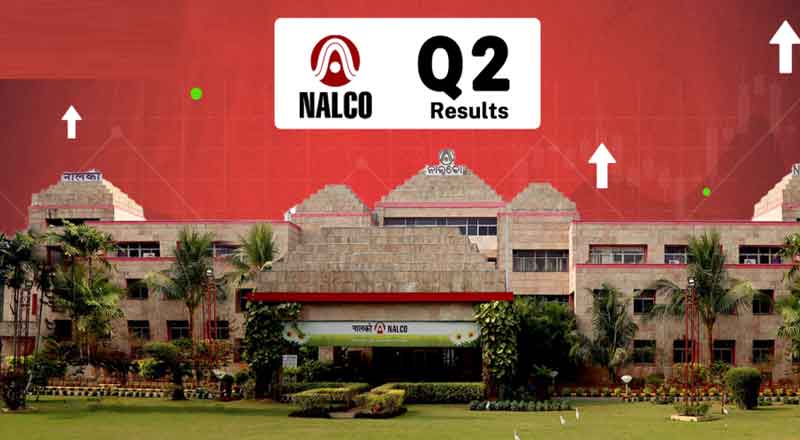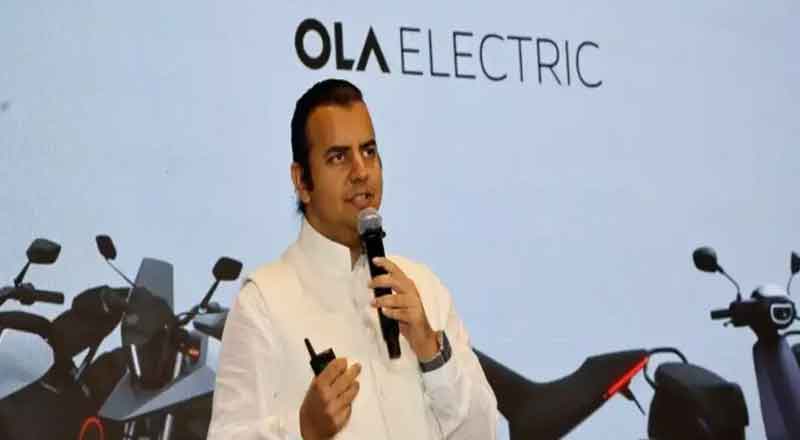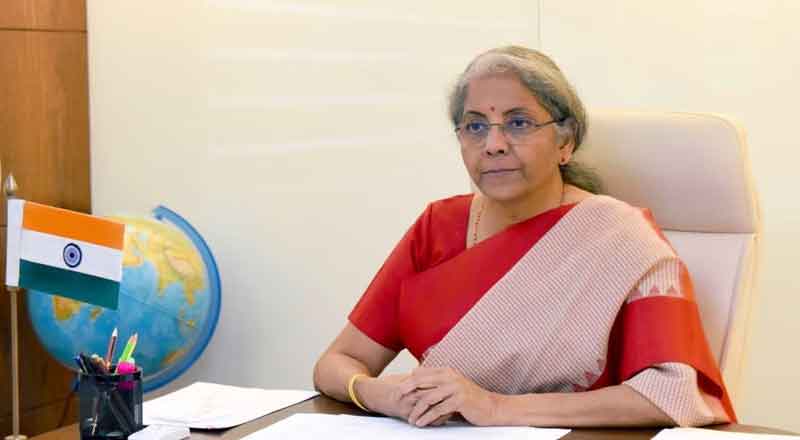- A rise in the prices of fruits, vegetables, pulses, and products increased the CPI-Food inflation from 3 percent in May to 4.5 percent in June.
- The finance ministry has warned that the recent jump in food inflation warrants that the government and the Reserve Bank of India (RBI) take a “guarded approach”.
- Economists expect Consumer Price Index (CPI) inflation to rise even more sharply in July.
- The government and the RBI both expect India to clock a GDP growth rate of 6.5 percent in 2023-24, higher than the International Monetary Fund’s latest forecast of 6.1 percent.
“A rise in the prices of ‘fruits’, ‘vegetables’, and ‘pulses and products’ owing to weather-related disruptions increased CPI-Food inflation from 3 percent in May to 4.5 percent in June, underscoring the need for a guarded approach by RBI and the government,” the finance ministry said in its Monthly Economic Review report, released on August 3.
Data released on July 12 showed India’s headline retail inflation rate snapped a four-month falling streak in June and rose to 4.81 percent from 4.31 percent in May on the back of a sharp increase in food inflation to 4.49 percent from 2.96 percent. Prices, especially of tomatoes, have risen even more since then, forcing the government to take supply-side action to bring them down with more measures likely in the pipeline. Economists expect Consumer Price Index (CPI) inflation to rise even more sharply in July – data for which will be released on August 14 – and crash past the upper bound of the RBI’s 2-6 percent tolerance range for the first time in five months.
Before the statistics ministry releases CPI data for July, the Monetary Policy Committee (MPC) will announce its interest rate decision on August 10, where its widely expected to retain the repo rate at 6.5 percent for the third meeting in a row. However, some economists are not ready to rule out a surprise rate hike.
The MPC had warned in June that it stood ready to take “further monetary actions promptly and appropriately as required to keep inflation expectations firmly anchored and to bring down inflation to the target”.
With CPI inflation having fallen within the RBI’s 2-6 percent tolerance band only recently, the finance ministry said in its report on August 3 that “RBI and the government continue to be guarded for appropriate and timely policy response”.
If there are concerns on the inflation front, the finance ministry was far more optimistic when it came to growth, saying India’s domestic fundamentals remain strong and that improved monsoon performance, “solid” fiscal performance, continued expansion in manufacturing and services, and “vigorous” capital expenditure spending by the public and private sectors “augurs quite well for India’s macroeconomic stability and growth in 2023-24”.
However, it warned that adverse global developments can be an obstacle to achieving the high growth potential in 2023-24. The government and the RBI both expect India to clock a GDP growth rate of 6.5 percent in 2023-24, higher than the International Monetary Fund’s latest forecast of 6.1 percent.
The finance ministry’s report also said that the containment of the Centre’s fiscal deficit in April-June to just 25.3 percent of the 2032-24 target “signals a commitment to fiscal discipline”. The Centre has set itself a target of reducing its fiscal deficit to 5.9 percent of GDP in 2023-24 on its way to meeting the medium-term milestone of 4.5 percent by 2025-26.
(With inputs from agencies)





